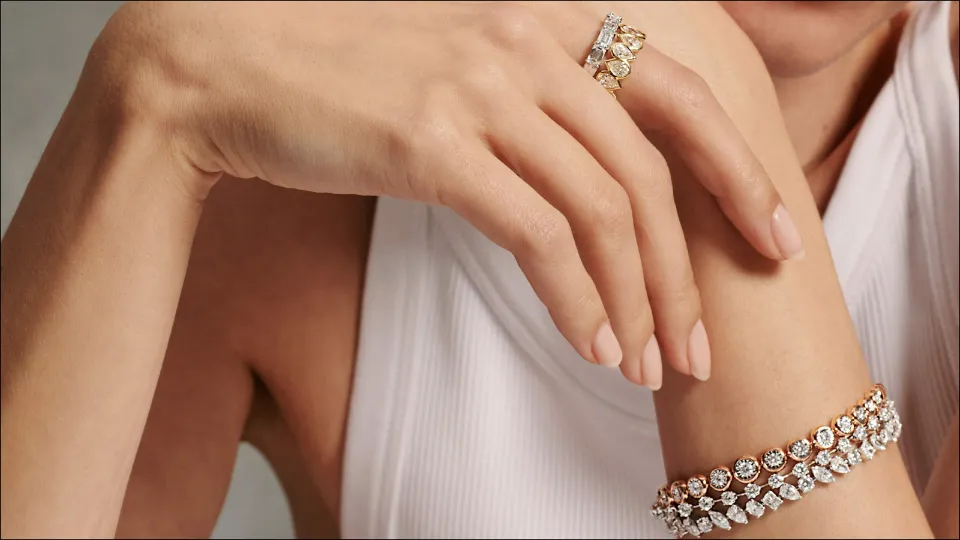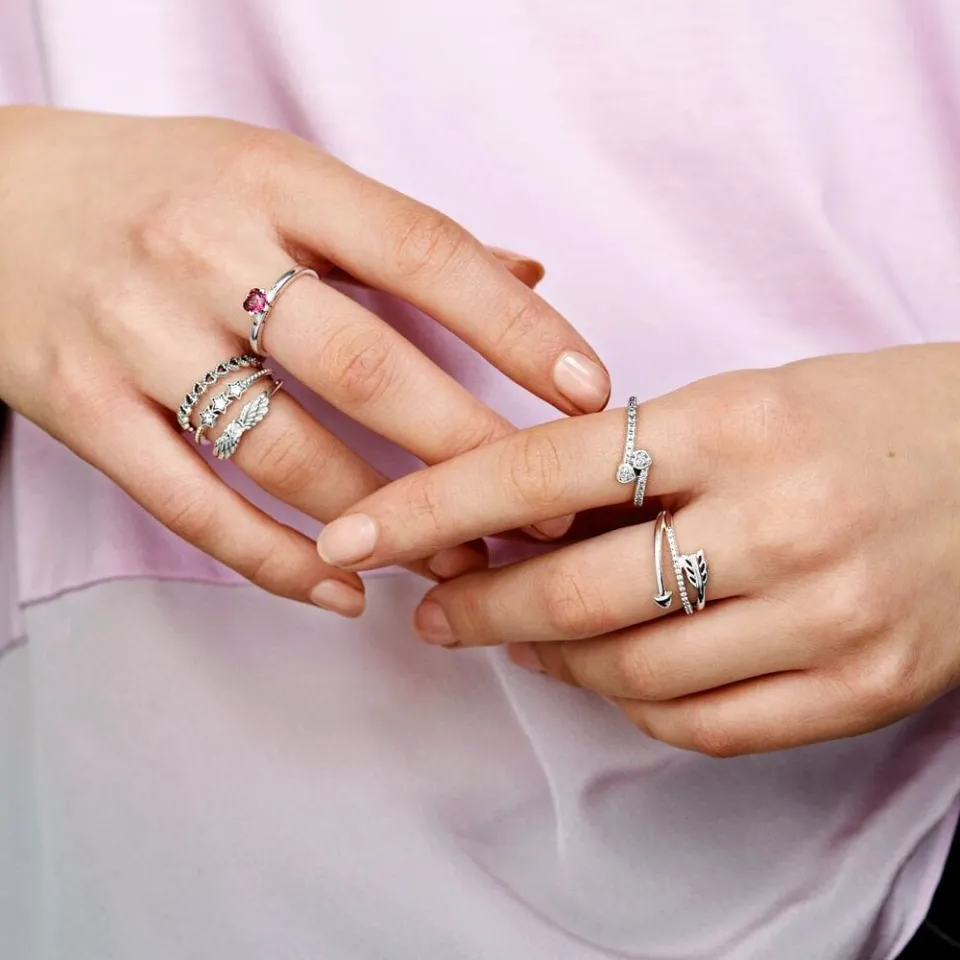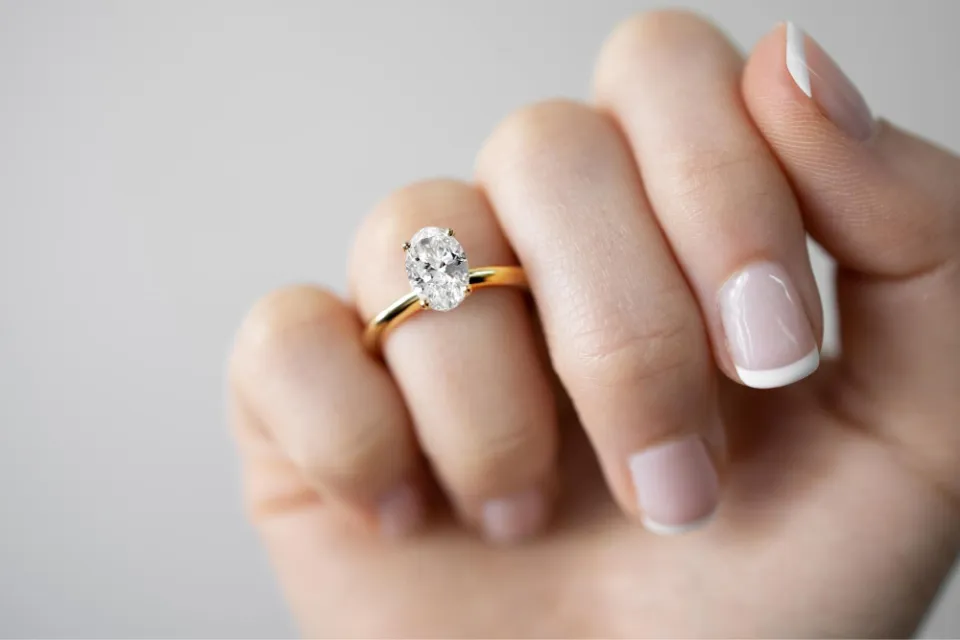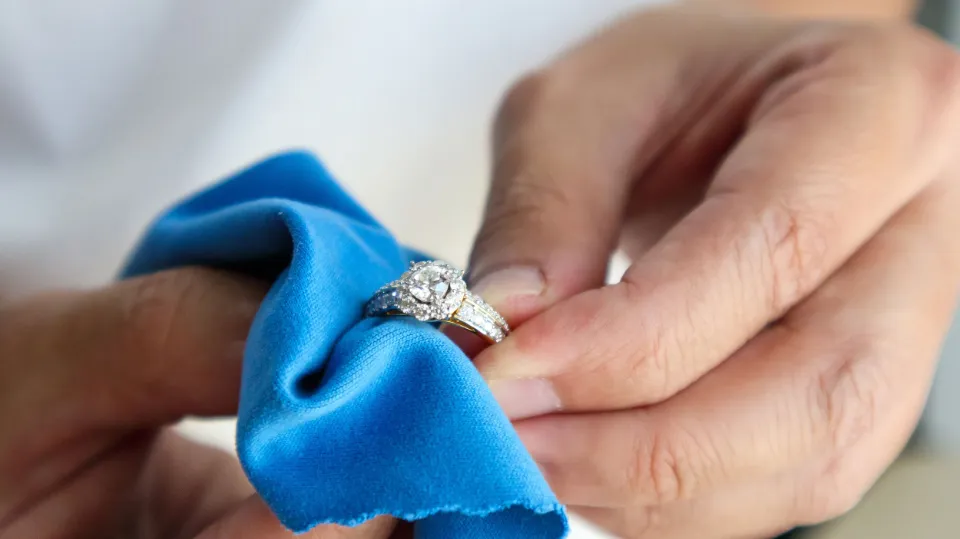If you’re thinking of buying a tennis bracelet, you might want to know how much is a tennis bracelet. Tennis bracelets with diamonds range in price from $1,000 to $100,000.
A tennis bracelet is a piece of fine jewelry that has a row of gems (in the same size or varying sizes) set along the whole thing. The wristlet actually spent a long time being referred to as the “eternity bracelet” due to its design.
Continue reading to learn more about how much tennis bracelets cost.
How Much is a Tennis Bracelet?
So how much does a tennis bracelet cost?
The type of metal, its quality, the quantity of diamonds used in the tennis bracelet, and its price are all factors that affect the price.
The Metal
Yellow, rose, white, and platinum gold are the most widely used metals. Price will increase proportionally to metal rarity. A tennis bracelet made of platinum, for example, costs considerably more than one made of white gold.
A Platinum 8 ct tennis bracelet costs about $8,500, whereas the same 8 ct bracelet in Rose Gold costs around $7,500. All three types of gold—yellow, rose, and white—have a similar price.
The Diamonds
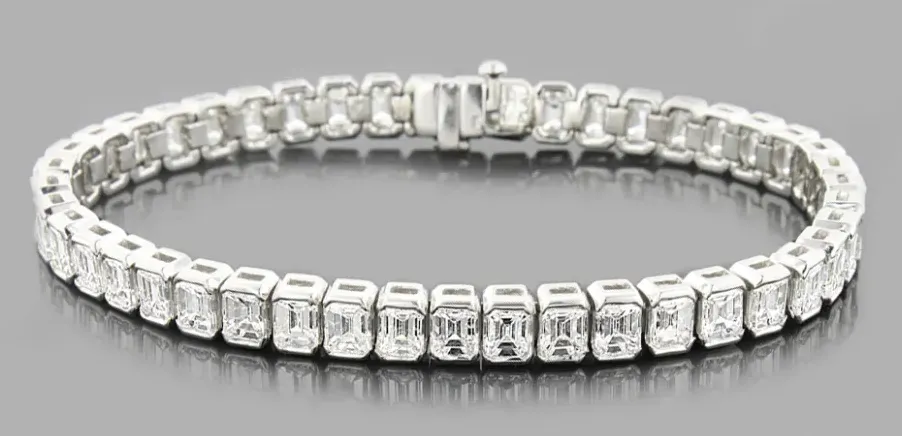
A diamond tennis bracelet’s cost is determined by the size and quality of each individual diamond. If you’re looking for a flawless diamond tennis bracelet, then the price can be well over $100,000.
If you want something cheaper, then you can buy a tennis bracelet with lower quality diamonds for as low as $1,000.
Also Read:
Four Cs Which Determine a Diamond Tennis Bracelet’s Worth
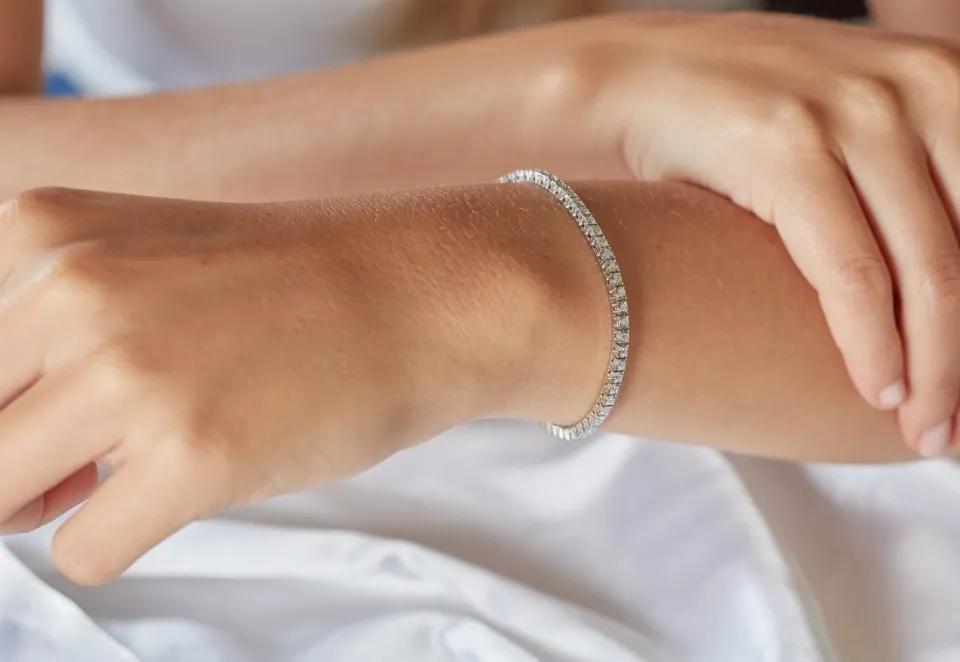
It’s interesting to note that a number of variables may have an impact on the overall quality of the diamonds in your tennis bracelet. These are as follows:
Color
Contrary to popular belief, diamonds come in a range of colors. In actuality, all diamonds fall into the normal color category, including fancy color diamonds, and range in color from colorless to yellow and brown.
The colorless variety is, however, without a doubt the most valuable of the bunch.
Naturally, even slight color variations can have a significant impact on the diamond’s value in this instance. Each gemstone receives a letter grade ranging from “D” to “Z” based on the same.’ The implications of the same are as follows:
- D – Absolutely colorless.
- E/F – To the human eye, it is colorless. Nevertheless, a skilled eye can spot very slight traces of color here.
- G/H – Only by contrasting it with a colorless stone will one be able to distinguish the hue in this nearly colorless object.
- I/J – an almost colorless tone with a touch of warmth.
- K-Z – As a result of their pronounced color, these stones are not very valuable.
What you should get: It goes without saying that diamonds in the D range will sparkle the most. Having said that, we strongly advise choosing gemstones from the E-H categories if you’re on a tight budget. This makes sure you get the most shine without breaking the bank.
Cut
Contrary to what many people think, a diamond’s cut can actually influence how shiny it is.
Here, the gemstone’s fire, brilliance, and scintillation should all be enhanced by an ideal cut that reflects all of the light that enters it, distorts it into appearing larger than it is, and enhances all three optical illusions.
What you should get: When it comes to tennis bracelets, a round cut is a fantastic option. It is also referred to as the “crème de la crème” of gemstone cuts because it has a whopping 57 facets, each of which is skillfully designed to bring out the fire and brilliance of your stone. With this cut, it should go without saying that you can feel secure in the knowledge that your piece will be extremely sparkling.
Clarity
As with all gems, inclusions can significantly lower the diamond’s clarity and overall worth. Based on the same, most of these jewels are slotted into one of the following categories:
- Flawless (FL) – There are no flaws on the inside or outside of these gemstones. They are thought to be the best, most uncommon, and most expensive of the bunch.
- Internally Flawless (IF) – There are no internal flaws in these diamonds.
- Very Very Slightly Included (VVS1, VVS2) – Rare inclusions that are very challenging to see even with a 10x magnification are present in very small amounts in these gems.
- Very Slightly Included (VS1, VS2) – These jewels contain flaws that are usually invisible to the naked eye.
- Slightly Included (SI1, SI2) – These gemstones are distinguished by their flaws that can be seen with the naked eye and can even be magnified ten times.
- Included (I1, I2, I3) – In essence, these are graded diamonds that have small, obvious inclusions.
What you should get: Naturally, flawless diamonds will always give your tennis bracelet the best shine. If those jewels are out of your price range, choose those that are internally flawless, very very slightly included, or very slightly included instead. By doing this, you can be sure that you’re not paying too much while still getting the most for your money.
Carat Weight
The jewel’s carat weight is the last but not least factor on this list. Contrary to popular belief, smaller gems of the same quality tend to be less expensive per carat than larger ones.
This is so because smaller gemstones are simpler to locate in the wild.
Conclusion: How Much is a Tennis Bracelet
Tennis bracelets are available from $1,000 and can go up to $100,000 and beyond.
The type of metal, its strength, the quantity of diamonds, and their size are just a few of the variables that affect the cost of these bracelets.
Read More:
- How to Wear a Tennis Bracelet?
- Can Men Wear Tennis Bracelets?
- How to Wear a Tennis Bracelet With a Watch?
FAQs
How Much Does a Diamond Tennis Bracelet Cost?
Prices for diamond tennis bracelets can start at two thousand dollars and go up to over sixty thousand dollars.
Which Type of Tennis Bracelet is the Most Expensive?
Tennis bracelets with high carat weights of white diamonds are typically the most expensive.
Why Are Tennis Bracelets So Expensive?
Due to the sheer quantity of gemstones used, tennis bracelets typically cost more than other fine jewelry items. Aside from this, other elements that can significantly affect the piece’s overall value include the jewel’s grade, carat weight, and type of metal used.
Why is It Called a Tennis Bracelet?
The “tennis bracelet” moniker came about during the 1987 U.S. Open Tennis Championships when professional tennis player, Chris Evert, lost her diamond bracelet during the middle of a match.

